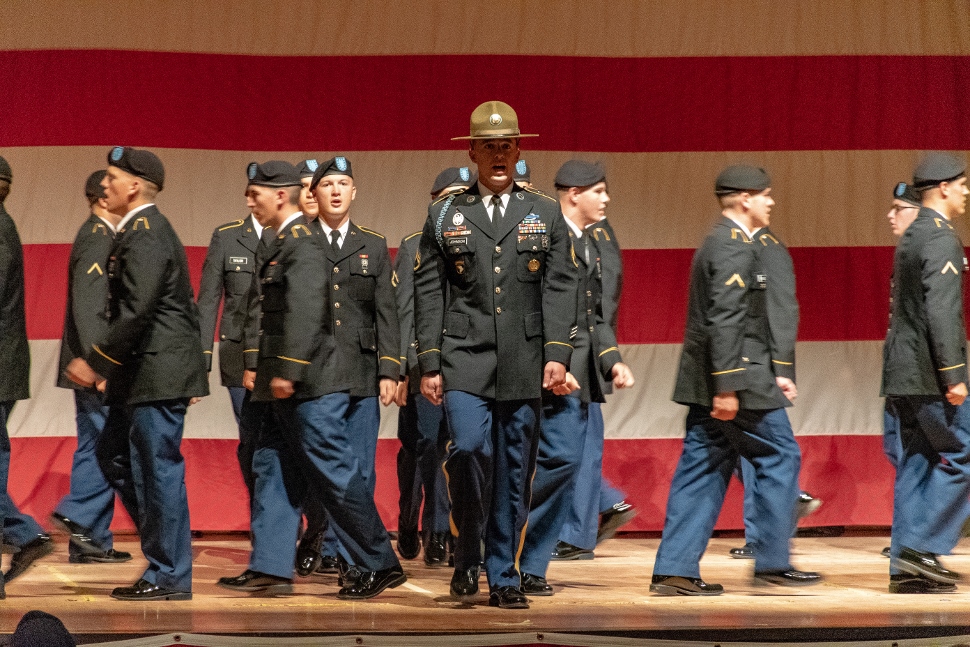
There are plenty of corporate CEO’s that have cut their leadership teeth in the Army. And the army is known to produce more skilled leaders than perhaps any corporation.
So I figured why not cut out the middleman and go straight to the source for leadership know-how. Accordingly, I got my hands on the official leadership manifesto of the US Army, the Army Field Manual on Leadership, also known by the catchy moniker, FM 6-22 Leader Development.
Within this treasure trove of disciplined leadership lore lay the 6 Principles of Mission Command.
First, let me point out that the principles of Mission Command aren’t taken lightly in the Army. They are woven into the very fabric of what it means to be a leader in this military branch. As the Field Manual itself states (edited for brevity):
Understanding and practicing the principles of mission command is imperative. Through practices in all domains of leader development, the philosophy of mission command becomes ingrained in the Army’s ethos and culture. Army leaders, soldiers, and civilians at every echelon throughout the operating force and the institutional Army apply mission command principles in the conduct of routine functions and daily activities.
Here are the six principles of Mission Command that you can adopt directly into your leadership toolbox.
1. Provide a clear commander’s intent.
This is defined as the commander providing a crystal-clear sense of purpose to the mission. Purpose is the profound “why”. Why are you asking the troops to engage in the mission that you are? It’s that unity of purpose that unites in the darkest hours.
By the Army’s definition, a clear commander’s intent also includes a commitment to clarity of communication and pinpointed prioritization.
The overall sentiment of this principle is to ensure that everyone is unmistakably and irrevocably on the same page–made more poignant by the reality of what’s at stake in the case of the Army. But it’s no less important in your workplace, so get intentional about providing clear intent.
2. Build cohesive teams through mutual trust.
The Army way of doing this is to first set a personal example and then be very intentional about sustaining a climate of trust. This includes keeping the values and ethics of the organization on display at all times.
Cohesive teams also flourish when the commander balances subordinate needs with mission requirements and takes the time and thoughtfulness to build a consensus.
Finally, quickly resolving conflict and creating a positive environment to foster teamwork rounds out the conditions for a tightly-knit team–all things you can put into practice immediately.
3. Create shared understanding.
This happens when leaders communicate and invest in the time it takes to share and translate important information. Doing this effectively requires more than just “shouting from the mountain top”. The most exceptional leaders interact with their employees and use personal power versus position power to ensure commitment, not just compliance, to common goals.
In the Army, and in business, creating shared understanding also means ensuring every team member understands what the other does and that there’s minimal overlap in responsibilities.
Start first by getting the basics right and commit to a habit of information sharing, then build from there.
4. Exercise disciplined initiative.
The Army is famously adept at discipline. The Field Manual discloses that this comes about by influencing others to take initiative (to feel that sense of duty), by maintaining professional bearing and conduct at all times (don’t lose your sh@#), and by anticipating uncertain or changing conditions.
All of this creates a mindset that what matters is staying accountable for achieving the desired end result. You too can feed the accountability mindset by following these dictates.
5. Use mission orders.
This principle encourages the troops to really use directives versus just following them, i.e. use them as an opportunity to learn, grow, and develop and to do so as the Field Manual describes, “without excessive, detailed direction”. In other words, every mission is a chance for leaders to practice granting autonomy and for followers to practice taking it and running with it.
Use every mission you spearhead as an opportunity to do the same.
6. Accept prudent risk.
The Field Manual defines this as carefully assessing and managing risk (not avoiding it) while making good decisions about allocating resources that would help improve the likelihood of success behind the risk.
So get good at assessing what defines a “prudent” risk and couple it with a plan for allocating supporting resources.
So lead like a general and in general become a more exceptional leader by following these principles.




Leave a Reply